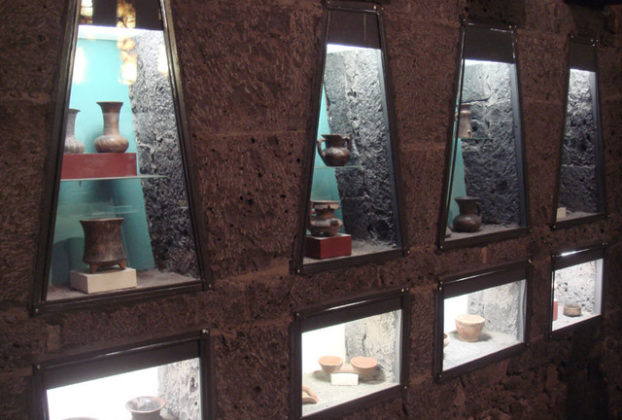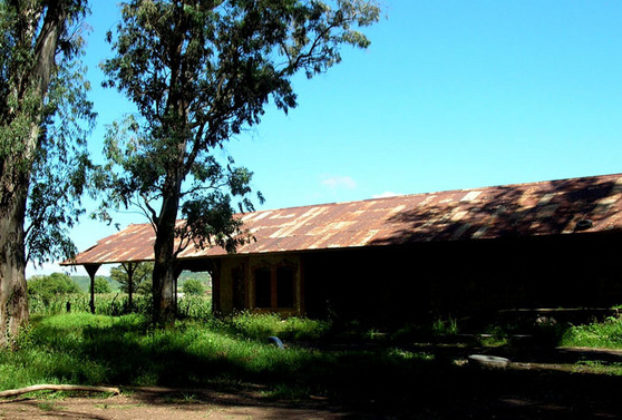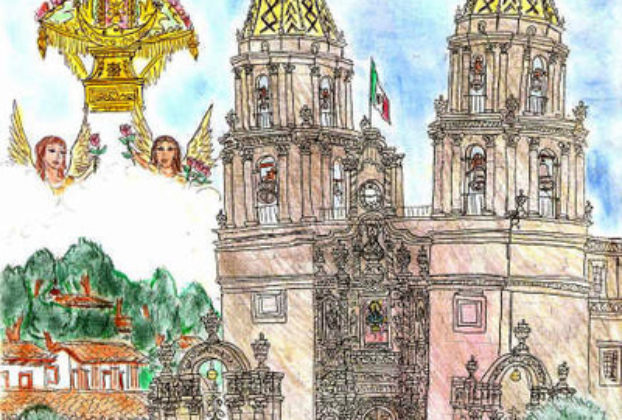Mexico is a noisy place
Mexico is a noisy place. Unless your cave is very high up the mountain, far beyond human habitation, noise is an integral part of your life. Certain kinds of noises are universal, occurring with equal frequency and comparable decibel levels in both urban and rural locations. The chief among them is church bells, which ring […]
Continue Reading



